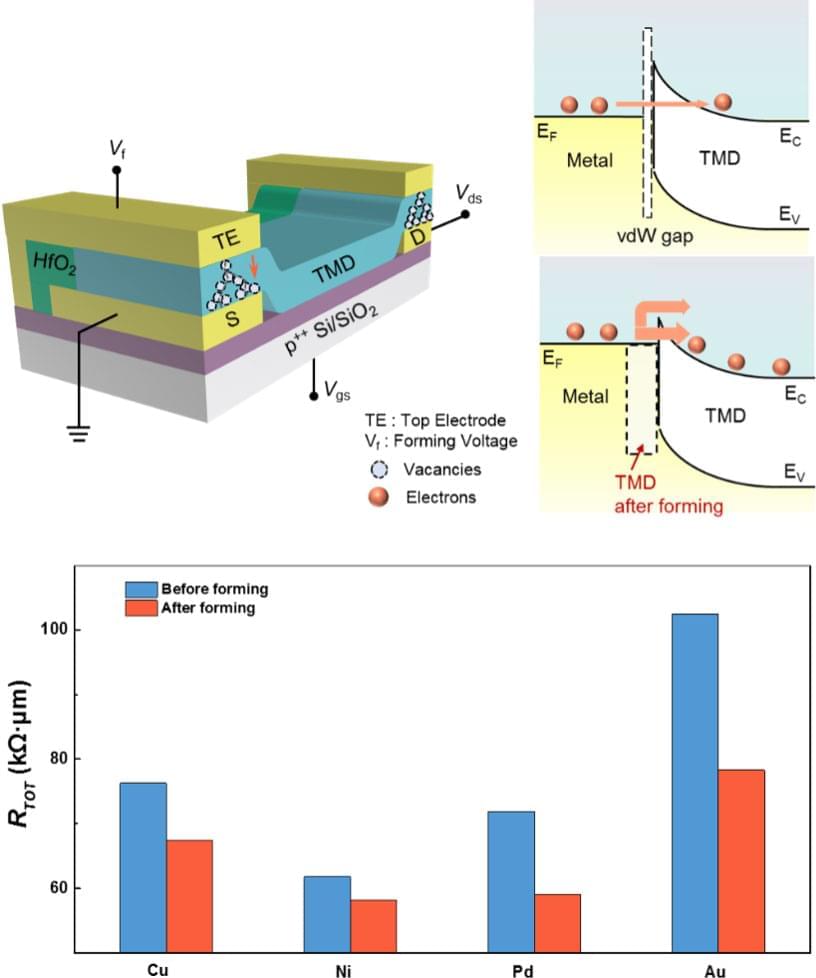Two-dimensional (2D) semiconductors, like transition-metal dichalcogenides, have become a competitive alternative to traditional semiconducting materials in the post-Moore era, and caused worldwide interest. However, before they can be used in practical applications, some key obstacles must be resolved. One of them is the large electrical contact resistances at the metal-semiconductor interfaces. Researchers have proposed a brand-new contact resistance lowering strategy of 2D semiconductors with a good feasibility, a wide generality and a high stability.






